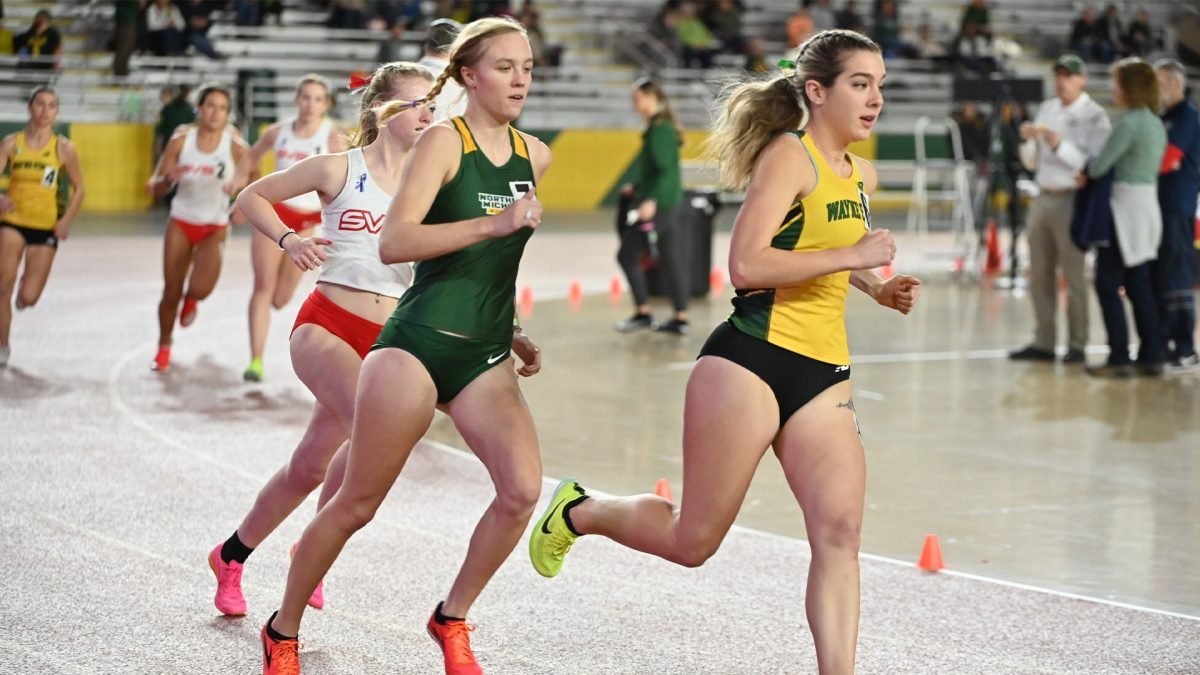As a member of the trail crew at Pictured Rocks National Lakeshore and as someone who spends a fair amount of time out in the woods, I need to be equipped to deal with complications that can occur while in the backcountry. This need prompted me to seek certification to become a Wilderness First Responder. The training, focused on backcountry emergency medical care and survival skills, is offered at Northern as a Recreation course (RE 352). While this is a very hands-on class, we were excited to have our first field work experience this past weekend on the Yellow Dog Plains.
Planning this trip began weeks ago. In class, we discussed the necessities of any outdoor adventure: water (always overestimate or bring a way to get more, i.e. a filter or iodine tablets), food (candy bars are the poor man’s energy bar), rain gear, a flashlight or headlamp (with extra batteries), a butane light, a whistle (you can only yell for so long), a knife or multi-use tool, a compass and map (GPS is not always reliable or accurate), a ground pad/cover, and my personal favorite, duct tape, which can be wrapped around a water bottle for convenience.
A med kit is vital, but most general first aid kits have too much of what you do not need, and not enough of what you do. I keep my personal med kit in a small waterproof river-bag with: some sort of disinfectant (to treat blisters and other open sores/wounds), small gauze pads, iodine (to put on skin around an open wound and/or for water) ibuprofen, safety pins (to aid in splinting, securing a bandage, etc), Benadryl (to counter allergic reactions), and a roll of athletic tape and/or bandage.
In preparation, we broke off into smaller groups to plan for and share food and equipment responsibilities. Knowing the weather was going to be cold, I laid out my gear and made sure I had the proper equipment to stay warm. Extra layers, a hat, gloves or mittens and oodles of hot chocolate or another sugary drink are imperative. Equally important is proper sleeping gear: an insulating ground pad (you cannot do without this), a good sleeping bag (these are rated by temperature so make sure your bag is rated well below the predicted temp), and some sort of cover based upon weather (a tent, a tarp to make a lean-to, etc). With fall upon us and winter inching closer, nights are getting very cold — be prepared!
Friday, we checked our gear with the folks at the Outdoor Recreation Center, supplementing if needed with gear that was available on loan. Caravanning up County Roads 550 to 510, we snaked our way down logging trails until arriving at the trailhead.
We unloaded our packs and hiked the short distance to set up camp on the banks of the Yellow Dog River. After eating some hot food over the fire (bacon on a stick is heaven), we shimmied into our sleeping bags hoping we would stay warm.
Saturday morning was cold, so class work was geared toward having us up and moving. Appropriately, we learned about hypowraps, which use tarps, sleeping bags and ground pads to treat someone showing signs of hypothermia.
Some things to remember in treatment, especially as we go into winter: minimize exposure, get dry, get fluids, get food, and get moving.
After a tasty lunch of hot soup and grilled cheese, we learned about joint and bone injuries and played around with creative ways of splinting these injuries until dinner. I had prepped meat and veggies with spices before leaving and my group had a hearty stew.
As we were finishing, our instructor gave us much-anticipated news: We were going on a search-and-rescue. The scenario: Three day-hikers had been missing for 24 hours.
Beginning at dusk and going into the night, we had to locate the patients, treat them and evacuate them safely. We found all three atop a rocky-steep mountain. After some problems caused by the initial excitement, the class began to function as a team.
We considered ourselves a success when everyone arrived safely back at camp.
























